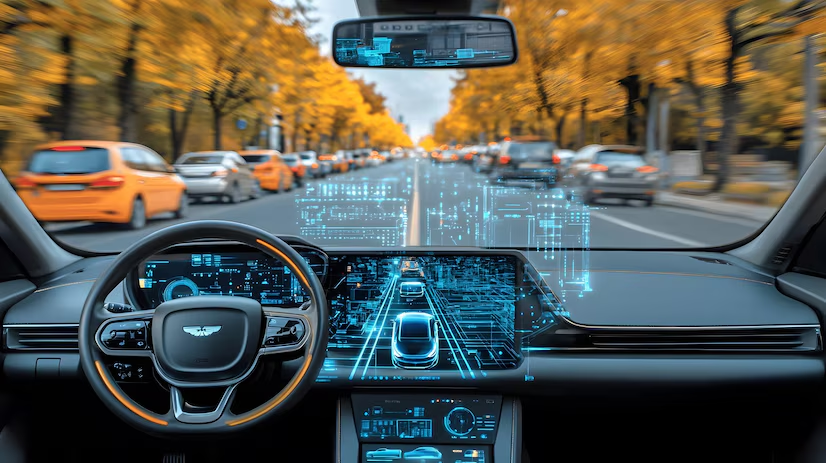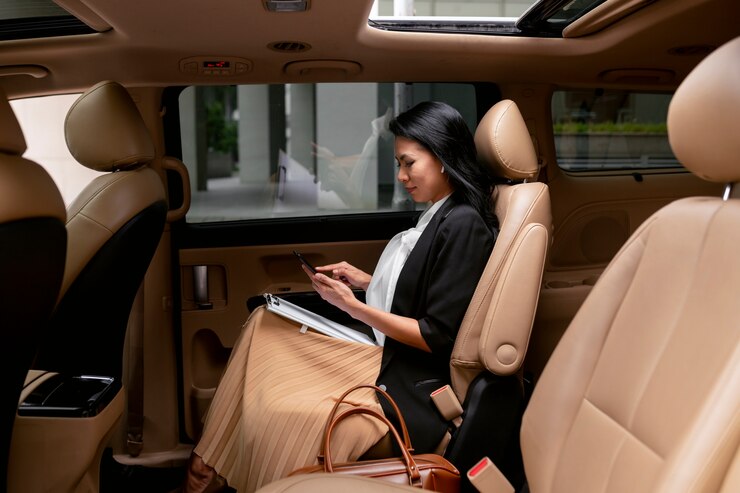Have you ever thought of how many vehicles are utilized in the country of the United States of America? With so many cars owned throughout the expansive lands, car ownership is one key aspect of life in the United States. The U.S. is among the countries with one of the highest car per person rates compared to other countries in the world.
Statistically, every licensed motorist has about one motor vehicle, making them essential for work, chores, and recreation.
This article covers the number of cars owned by one person, changes in people’s car relationships, and some trends related to the country’s traffic level. It’s time for the numbers!
Current Car Ownership Statistics in the U.S/ Per Person
According to the latest results, the USA is one of the leading countries in car ownership. An estimated 290 million registered vehicles and approximately 276 million licensed drivers are in the USA. Depending on geographical location, almost one person may have up to 1 – 2 enlisted cars. Many households own several vehicles, especially in the suburbs and rural areas, without efficient public transport systems. The average number of household cars is not less than two; thus, car ownership is a basic need.
Factors Influencing Car Ownership Rates
Some factors allow people to own one or more cars in the U.S., including:
Geographic Location
People have higher automobile ownership in rural and bordering areas than in urban centers because there are fewer public transportation systems. On the other hand, urban residents own fewer cars depending on commuting and ride services.
Income
Households with a high income tend to possess more automobiles, while poor households may have none or rely on one.
Family Size
Larger families are expected to have several cars to meet different members’ different needs at any time of the day.
Cultural Norms
In America, the factors that affect bicycle ownership are also associated with car ownership and can be attributed to car ownership.

Impact of Public Transportation on Car Ownership
For several reasons, the utilization of public transportation affects the extent to which people own automobiles. For instance, in major cities such as New York and San Francisco, people do not own cars because good commuters are available and wide in range. However, in places that do not have much public transport, such as significantly less dense locations or large suburbs, people own many cars as they need personal transports to board for their commutes. Enhancement of such factors could reduce the need for automobiles in urban centers.
Trends in Car ownership and Ride-Sharing
Lately, there has been a movement towards sustainability and sharing instead of one on one consumption.
The growth in the use of electric vehicles may be linked to government policy and the growing concern for the environment.
As of Deadline 2023, more than 2 million EVs were recorded in the USA. At the same time, services such as Uber and Lyft have modified conventional car ownership methods. People residing in urban settings no longer own a car; instead, they use these services instead, further transforming personal mobility.
Future Predictions for Car Ownership in the U.S.
Nevertheless, several developments in the forthcoming years could alter car ownership in America. Reasons for and trends in car ownership in America are the growth in the use of electric cars, more brutal environmental policies, and an increase in the use of self-driven cars could reduce the number of people owning cars in the future. Furthermore, with increasing urbanization and the augmentation of public transport systems, fewer people may feel the need to own cars. More ride-sharing, more car-sharing, and more subscriptions instead of purchasing expensive cars will gradually introduce new features in big cities.


Increase in car ownership: Average Cars Per Household
The United States has recorded a rise in passenger car ownership levels over the last couple of decades, which means that the number of vehicles per household has also increased. Supported by some statistics from recent years, the number of automobiles possessed per household stands at 1.88.
This increase is primarily due to increased population, suburban growth, and more people using vehicles to work. In extended families with employment obligations for adults or teenagers, it atomically goes that more than one car is needed in more than one car per adult/teenager household to accommodate conflicting work and school hours.
Economic Recovery and Modern Changes
The impact of the economic recovery following the 2008 recession is apparent in the ownership of motor vehicles in the United States. More people are back on cars due to customer zeal as the economy resumes providing jobs for many clients. More people could buy a car with low interest rates, attractive financing terms, and searches, returning them to the workplace.
People could buy more of their vehicles simply because there were more jobs. Further, modern developments have also changed how people use cars. Many people still depend on personal motor vehicles for everyday activities. Still, other categories of people may be working at home and need fewer individual cars.
Peak and Dip of How Many Cars Per Person in the US In the New Millennium
The second main target of policymakers, vehicle ownership per person or licensed driver, was achieved in 2000. The exact average figure is approximately one car per driver in the US. However, this trend saw a minor decline over the late 2000s, especially because of the worldwide end’eauimondimensionstemming from the 2008 Ukraine crisis. On a demand-supply basis, with less work than usual, car buyers and buyers had to abstain from car purchasing and hold its delivery further.
In the years after the recession, car ownership rates improved however, a growing mindset on car sharing, lowering vehicle ownership, and concerns about the environment hampered the rate of car increase per person.

Technical Advancement and Rising Accessibility
Noteworthy is that due to technological developments, car ownership has become affordable and within the average person’s social class. Changes in car manufacturing, such as computerization and industrial production, have lowered the expenses incurred in auto-making, making it affordable.
Introducing electric vehicles was perhaps a more accessible and greener automobile type. They were also low maintenance and supported by government subsidies for an extended period. Also, the structural expansion in the loan period and encouraging interest rates have primarily facilitated car consumption, which has caused increased car production in the market.

Prospects on Car Ownership
When predicting the outline of car ownership, it can be anticipated that it will keep changing. With continued improvements in electric vehicles, other technological advancements, and growing concern about the environment, car ownership as we know it may cease to exist. On the other hand, discuss the rise of car sharing and subscription services in this context. For instance, their development could provide better ways of car ownership, especially for urban high-density areas with mass public transportation systems.
Conclusion
In America, too, the trend has been an increase in the population owning vehicles such that currently, an average household in America possesses slightly less than two cars. This, however, is attributed to the increasing economic progress, advancement in technology, and enhancement in the possibilities of an individual being a car owner. Still, people are embracing new technologies like electric cars, ride-sharing apps, and even robotic cars, altering their views towards owning a car.
